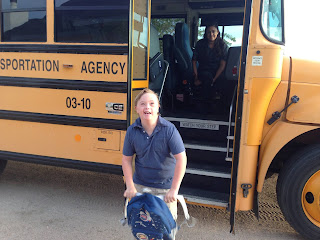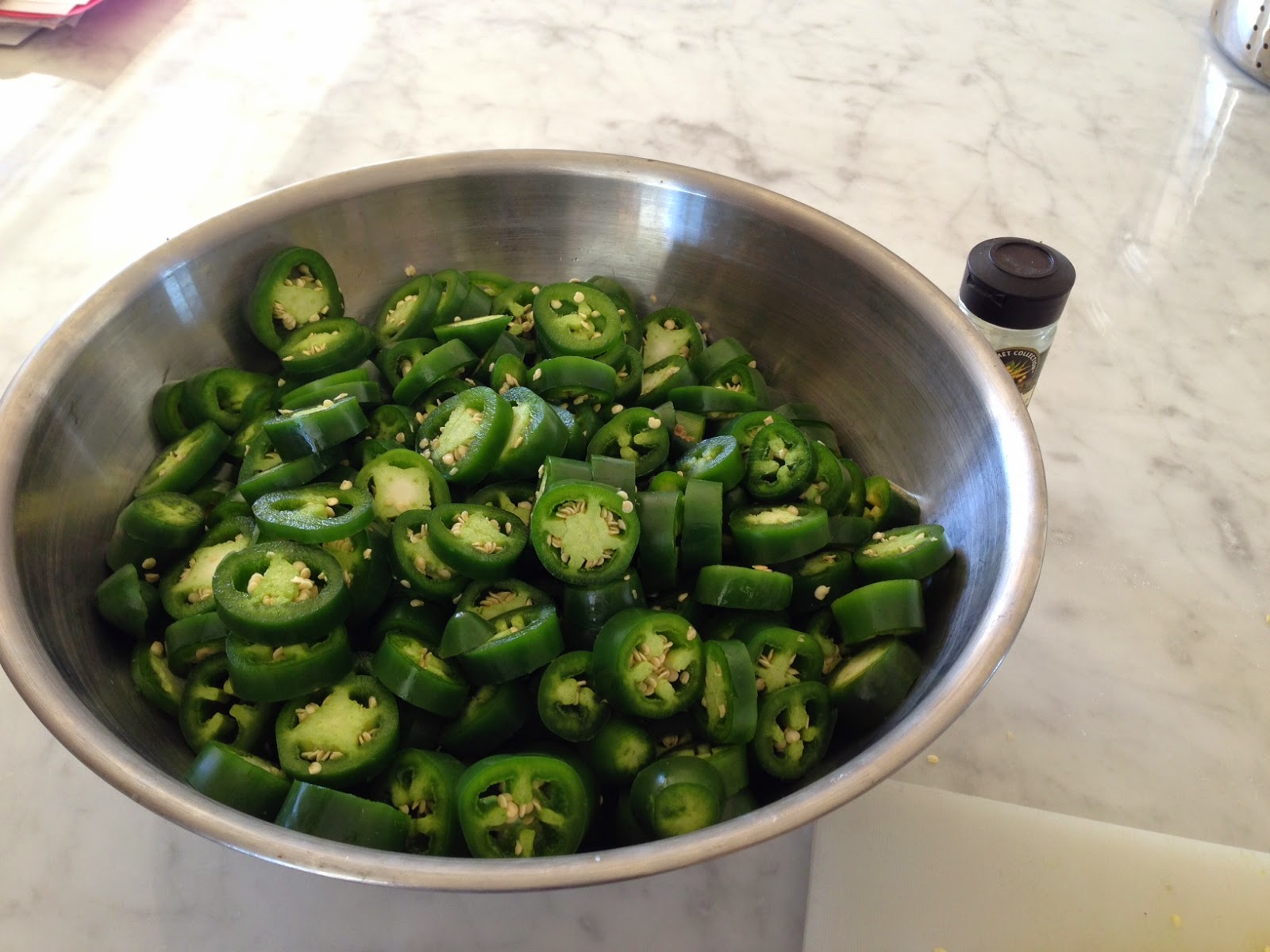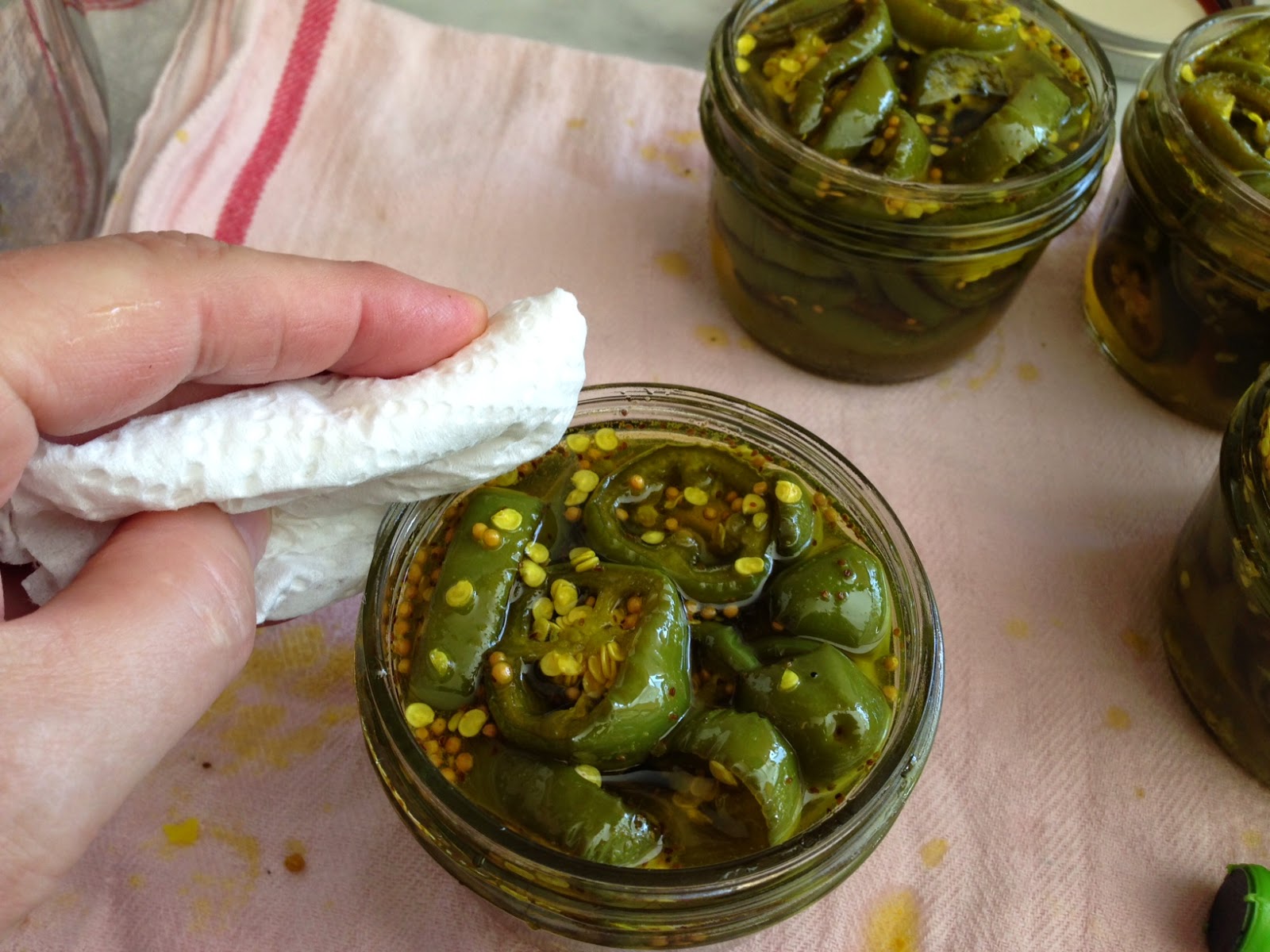 |
| Handbook for the Grow LA Victory Gardening Course | |
|
|
I have grown some of my own food for as long as I can remember. My parents had a garden as did my grandparents before them. I guess that being from the South, it's just expected that in the summer, you at least plant some tomatoes.
 |
| San Diego no effort garden of snap peas, tomatillos, tomatoes | |
|
When we moved to our property last year, we had a huge wake up call when trying to grow. In San Diego, things just grew. Here in the West Antelope Valley, we had to contend with many new conditions: the on-going drought, exceptionally low humidity, the wind and the critters. Oh what critters we have: jackrabbits, ground squirrels, gophers, birds, coyotes...and they're all hungry!
When I found out about the UC Cooperative Extension's
Grow LA Victory Garden Initiative I was happy to see that they offered local classes. I signed up for Master Gardener Susie Bowman's 4 week class held in the community garden at the Lutheran Church of the Master in Lancaster. Finally I could round out my life long gardener's knowledge with local expertise!
We started by talking about what grows well in our climate in the Antelope Valley.
We talked about seeds, resources, and then got right to business...the garden! Since it was Fall, we cleaned out some of the spent summer crops in the raised beds. Then we planted some established starts that hold up to Fall & Winter growing: artichokes, broccoli, garlic and onions. I love that we got some hands on experience and were able to ask questions as we went.
 |
| Master Gardener Susie Bowman working in the raised | beds |
 | | | |
| Irrigation and timer supplied by community gardener |
We had homework for the next class. We were asked to bring in a soil sample from our home garden. So our second class focused heavily on soil. Our instructor, Susie, brought in her "pet" worms and did a unit on vermicomposting. It was fascinating. The surprising part was the compost didn't have a foul odor....it smells of fresh soil.
 |
| Jar of soil with alam and water added---shake! |
|
 |
| Soil from my garden |
|
Now for the fun part. We did a soil composition test with the dirt we brought in from our home gardens. We added water and 2 tablespoons of alum and shook it all up. An hour later the soil separated into layers of sand, clay and organic matter. Fascinating stuff!
The other members of the class were also a wealth of knowledge. The following class we all (without prior discussion!) brought in unique things we have grown and saved seed to share with the rest of the group. Next year I am looking forward to growing Fairy Tale Eggplants from Tamara Coombs Antelope Acres garden!
Our last class was a blast. It was titled, "Preserving the Harvest" and included another Master Gardner who is also a Master Food Preserver, Nancee Siebert.
 |
| Tamara, Nancee and Susie getting the supplies ready |
|
This was a full day of all types of preserving. We started with fresh kale in the food dehydrator and made kale chips. What a pleasant surprise....very tasty. Our next task was to grate and bag zucchini to preserve in 2 cup servings the freezer.
 |
| Tamara added pectin and now stirring tomato jam |
The more technical but rewarding part of the class was pressure canning and canning by water bath methods of preserving. Most of us had canned before, but having a Master Food Preserver lead the class was really helpful! Nancee pointed out some bad habits that some of us had picked up along the way. Now we are confident that we can safely preserve our harvest!
 |
| Pressure canned green beans and tomatoes |
The practice of patience when preserving food cannot be overstated. We pressure canned fresh tomatoes and green beans. Following each step and not taking short cuts really produced some beautiful canned foods.
 |
| Preserving the harvest with Nancee Siebert |
We used the hot water bath method of preserving to make Cowboy Candy (candied jalapenos), Tomato Jam, cold pack tomatoes. Although it was a lot of work, many hands make the task go quickly!
 |
| Nancee, Susie & me with the bounty of the day! |
The best part of the day is that we got to take home canned tomatoes (2 ways), green beans, tomato jam, cowboy candy and frozen zucchini. We ate all the kale chips...haha!
So overall, the Victory Garden class was a fantastic experience! I learned a lot, met some great new people and have a new sense of community. Although the class I took was comprised of more experienced gardeners, people of all experience levels and abilities would benefit from taking this class. I highly recommend it!
Cheers~
Marti




























.jpg)






























